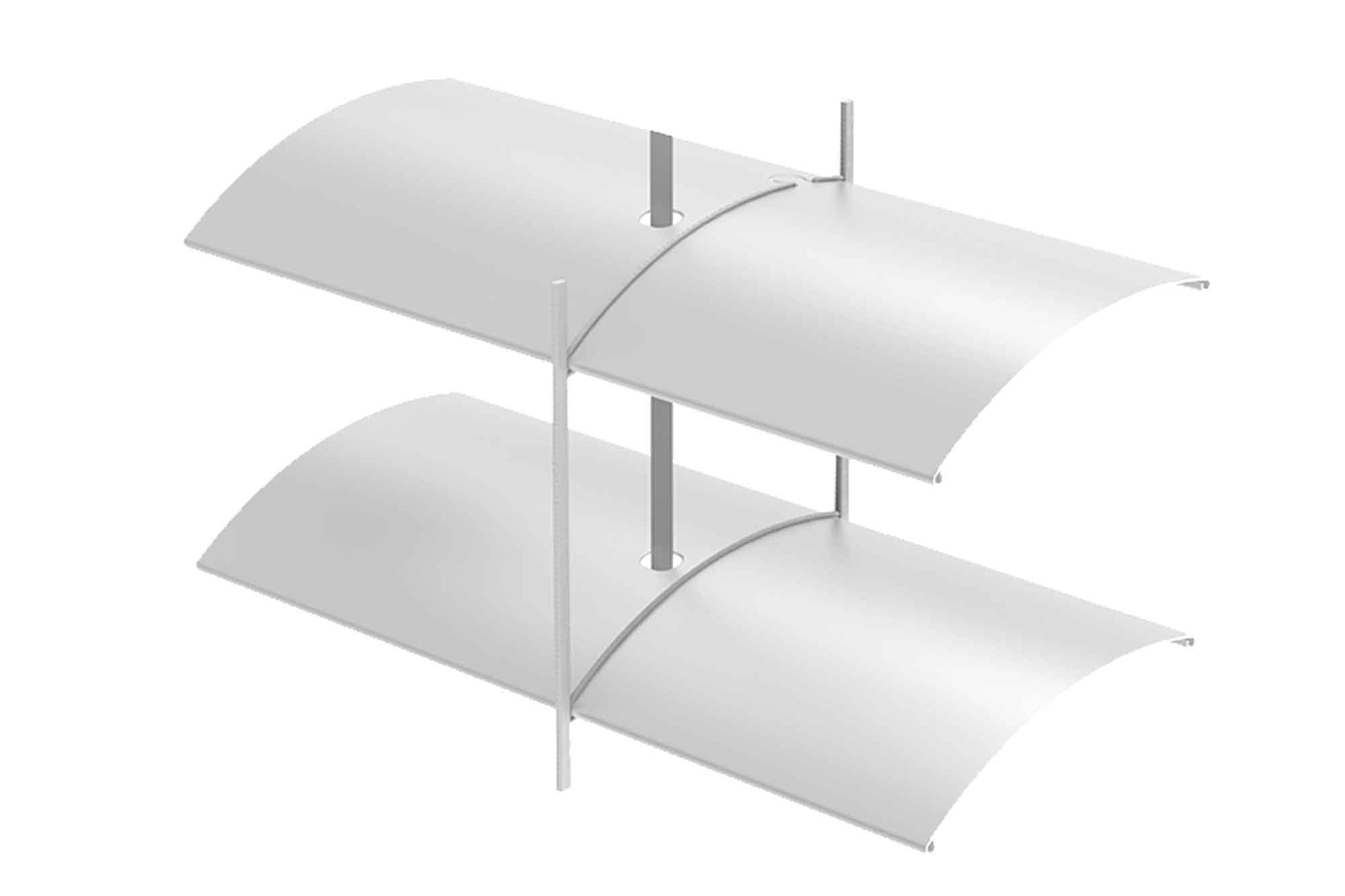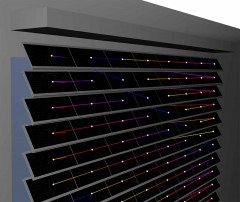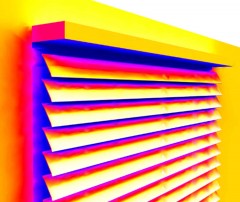The PowerShade project is all about combining flexible photovoltaic technology with sunshades that are fitted with smart control. The aim is to develop low-cost shading solutions that generate electricity and are suitable for universal applications. By combining smart control with artificial intelligence (AI), these systems are intended to enable an increase of the energy flexibility of buildings in urban spaces. By the end of this century, 75% of people across the world will be living in towns and cities. These require a lot of energy and are particularly exposed to the impact of climate change, not least as a result of the “urban heat island” effect. At the same time, conurbations have a large amount of space that could potentially be used to produce energy. Building-integrated photovoltaics (BIPV), i.e. integrating PV into window and facade elements, has a key role to play in this regard. PowerShade’s innovative concept is enabling new areas to be used that conventional PV solutions would be unable to access, increasing the potential for sustainable energy generation in urban spaces many times over.
Smart, self-learning control systems
Integrating photovoltaics into products designed to offer protection against the sun poses major challenges for the PV technology and the controllers used in the shading systems. With transparent building surfaces, there is generally a conflict of use between glare and overheating protection on the one hand and the needs of the building users for visual contact with the outside world, daylighting and the desire for free solar heat on the other. Integrating photovoltaics makes these requirements even more complicated. A photovoltaic yield will only be generated when the sunshade is active (i.e. extended or lowered). This yield will also depend on the angle at which the slats are tilted and the shadows cast by adjacent slats and soffits. As part of the project, a smart, self-learning control system is being developed based on neural networks in order to coordinate energy flows with the needs of users and strike a balance between the various aspects of building use.
Partnership between research and industry
A consortium1 led by the University of Applied Sciences Technikum Wien is looking into optimising the PV system in terms of the output, durability, weather-resistance and look of the modules. The sun protection experts from the Tyrolian company HELLA are integrating bendable, ultra-lightweight PV thin-film modules into the shading systems, while the University of Applied Sciences Technikum Wien and TU Wien are providing input into the product concepts. Simulations and tests under real-life conditions are being run to study the radiation behaviour, daylight supply, temperature behaviour, electrical behaviour and mechanical strength of the solutions. The team from TU Wien uses AI methods to optimise building simulation models in order to achieve their objectives as best possible and highlight the potential offered by sunshades that generate electricity. The researchers from the University of Applied Sciences Technikum Wien are experts in BIPV, dynamic building simulation and analysing urban quarters and are investigating these integrated simulation models in a range of scenarios.
nachhaltigwirtschaften.at/de/sdz/projekte/power-shade.php
1 Project partners: University of Applied Sciences Technikum Wien (project management), TU Wien / Institute for Computer Technology, HELLA Sonnen- und Wetterschutztechnik GmbH
Share

